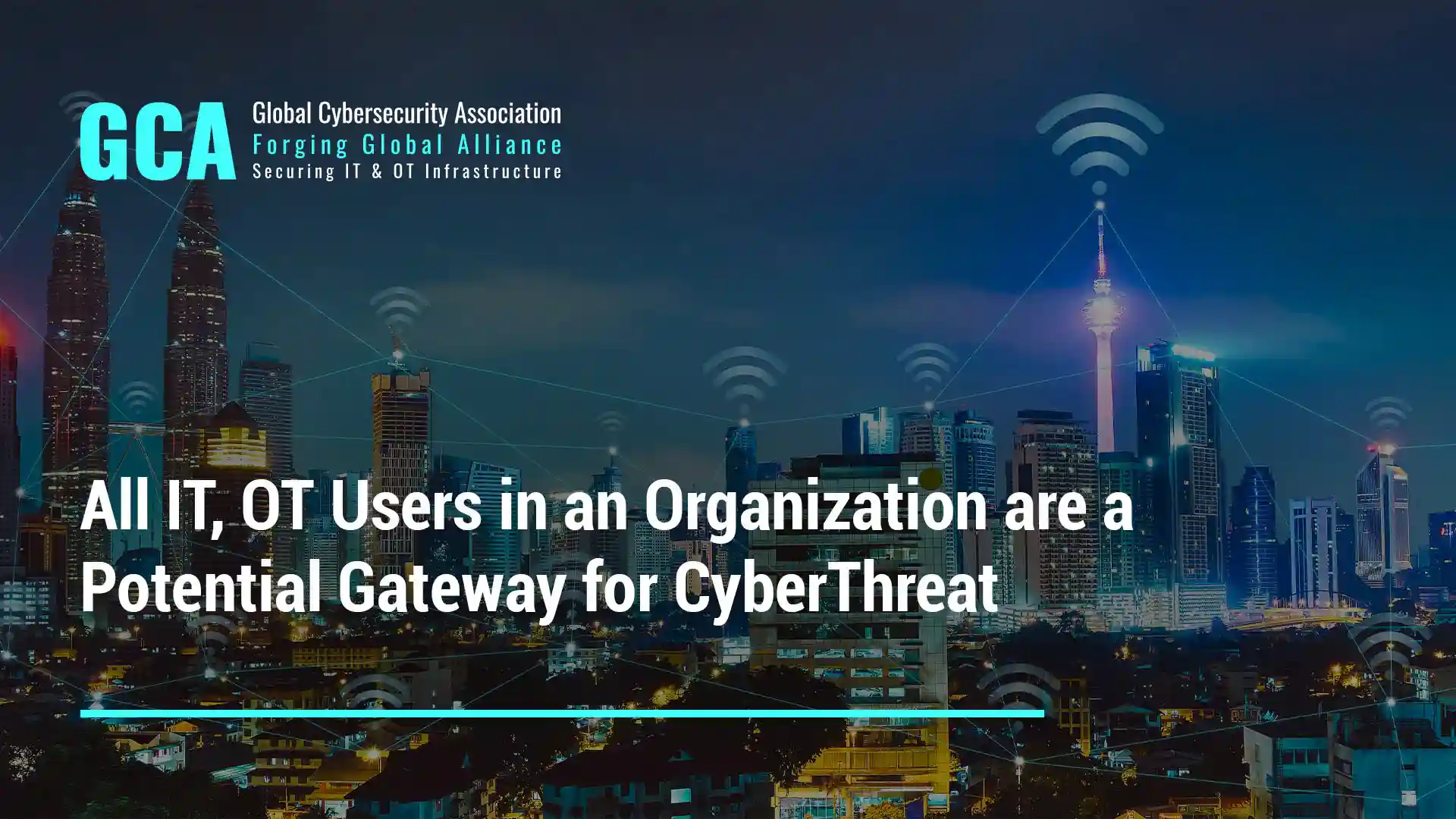In today’s Cyberthreat, where technology plays a central role in organizations, the risk of cyberthreats has become a pressing concern. Gone are the days when cybersecurity was solely the responsibility of IT professionals or a dedicated department.
In the current landscape, every person who uses IT (Information Technology) or OT (Operational Technology) in an organization becomes a potential gateway for cyberthreats. This blog explores the significance of individual responsibility in cybersecurity and highlights the essential steps individuals can take to fortify the organization’s defenses.
Understanding the Expanding Cyberthreat Landscape:
The cyberthreat landscape is continuously evolving, with sophisticated attackers leveraging a multitude of techniques to exploit vulnerabilities.
From phishing attacks and ransomware to social engineering and insider threats, the range of cyberthreat is vast and ever-growing. Recognizing that every individual who interacts with IT or OT systems can inadvertently or intentionally contribute to the vulnerability chain is crucial in building a resilient security posture.
The Power of Individual Responsibility:
While organizations invest in robust cybersecurity measures and deploy advanced technologies, the human factor remains a critical aspect of defense. Every employee, from the executive suite to the front lines, needs to be aware of their role as a potential gateway for cyberthreat. Understanding the importance of individual responsibility empowers employees to be proactive, vigilant, and accountable for maintaining a secure environment.
Building a Cybersecurity Mindset:
Developing a cybersecurity mindset is essential for every person within an organization. This involves being aware of the risks, adopting security best practices, and understanding the potential consequences of negligent or malicious actions. By fostering a culture of cybersecurity awareness and continuous learning, organizations can significantly reduce the likelihood of successful cyberattacks.
Key Steps to Strengthen Cybersecurity:
- Education and Training: Organizations should provide comprehensive cybersecurity education and training programs to ensure employees understand the risks, recognize common attack vectors, and know how to respond to potential threats.
- Robust Policies and Procedures: Implementing clear and enforceable policies and procedures regarding IT and OT usage, access controls, data handling, and incident reporting is crucial in mitigating risks and setting expectations for secure behavior.
- Regular Security Updates: Ensuring that all IT and OT systems are regularly updated with the latest security patches and firmware updates helps protect against known vulnerabilities.
- Strong Password Practices: Encouraging the use of strong, unique passwords and promoting multi-factor authentication adds an extra layer of protection against unauthorized access.
- Continuous Monitoring and Incident Response: Implementing robust monitoring systems and establishing an effective incident response plan enables organizations to detect and respond promptly to potential cyber incidents.
Conclusion:
In today’s interconnected digital landscape, the responsibility for cybersecurity extends beyond IT departments. Every person who uses IT or OT in an organization is a gateway for cyberthreats, making individual awareness, responsibility, and proactive action crucial components of a strong cybersecurity defense.
By fostering a culture of cybersecurity and implementing the necessary training, policies, and technologies, organizations can significantly enhance their resilience against cyberattacks and mitigate the risks associated with an expanding threat landscape.
Remember, cybersecurity is a shared responsibility. Together, we can safeguard our organizations and protect sensitive information from the growing tide of cyber threats.
